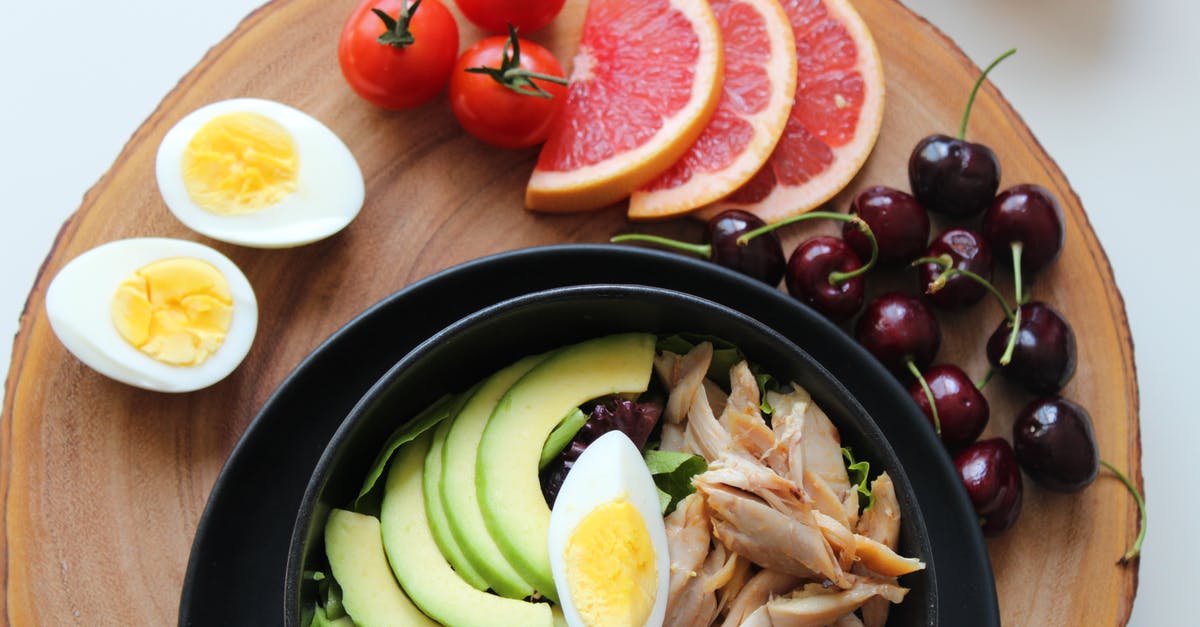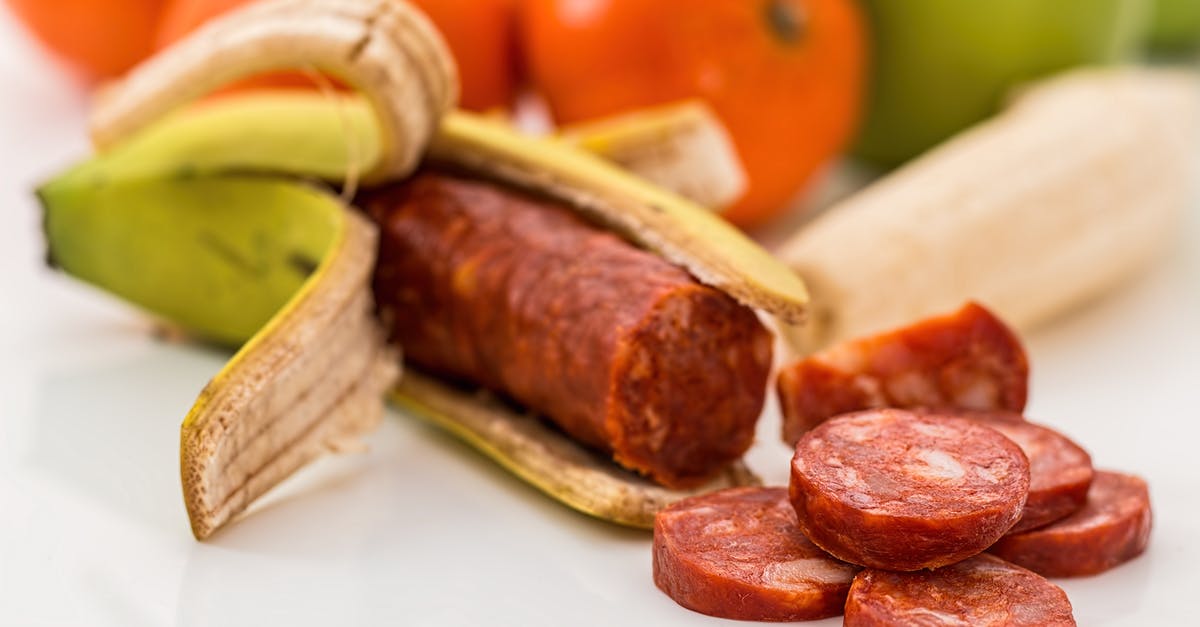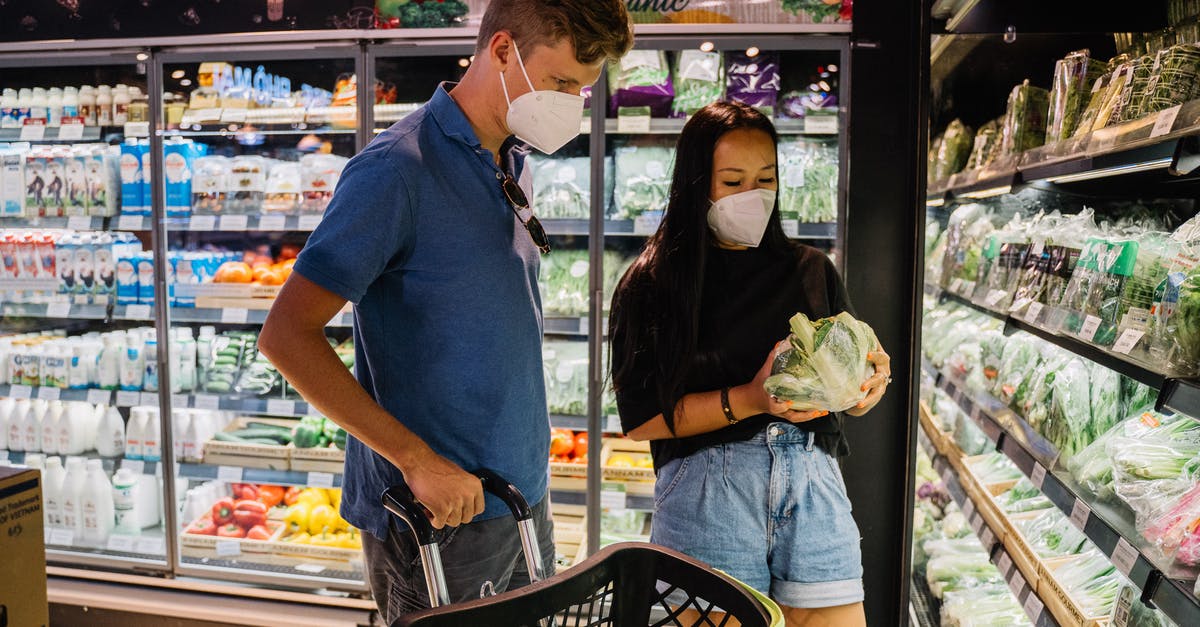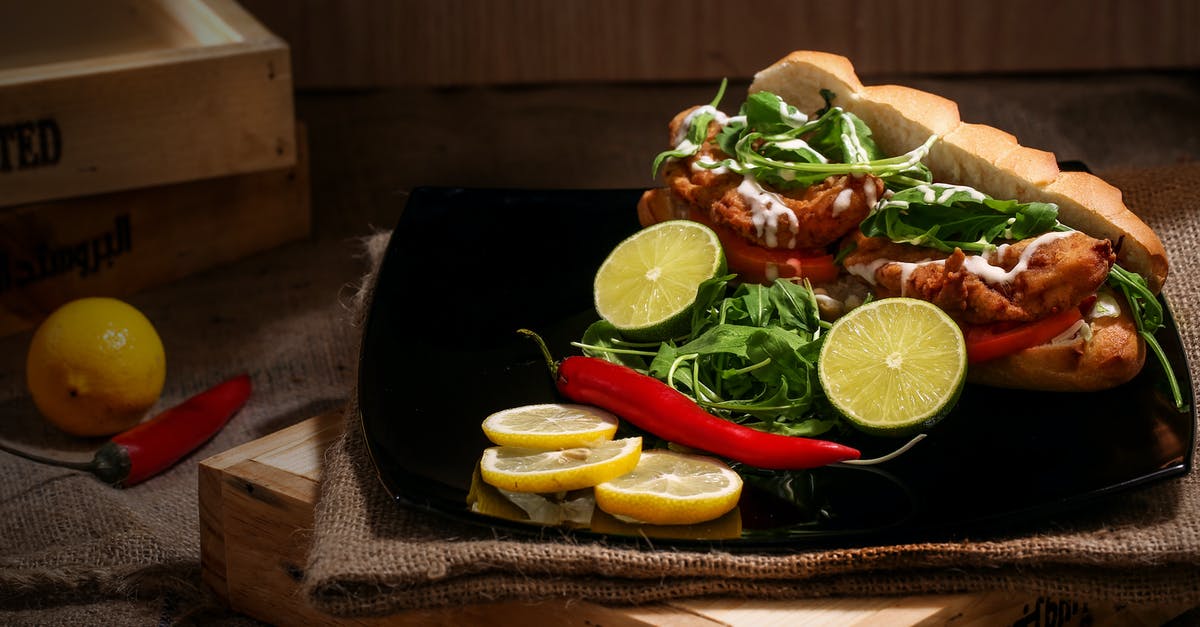Food safety of meat vs. veggies and fruit with mold on them

Obviously, it's bad to eat moldy food, so I don't do so. However, the other day I was presented with both an old pot roast and asparagus in the fridge, both of which had grown mold. Of course, I tossed them both, with some regret (the roast was tasty while it lasted).
While talking to a friend, they mentioned that moldy meat is more likely to cause problems (sickness, death) than moldy fruits or veggies. Since the asparagus was only moldy on the stem end you snap off anyway, they said I could probably have eaten the rest of it (after some judicious cooking).
The question: Is moldy meat worse than moldy plants (i.e. are you less likely to get sick eating moldy asparagus than moldy steak)? Further, if it is worse, why? Is it that meat-mold can eat us, too (as humans are meat), while the plant-mold doesn't eat meaty matter as well as plant matter?
Best Answer
No, the mold on meat isn't especially bad. It won't eat your insides. But still, moldy meat is worse than moldy plants.
Mold itself isn't a strong health concern. It can't cause an illness, and doesn't grow in the human stomach. There are some kinds which produce metabolic byproducts poisonous for humans, and this means that you shouldn't eat moldy food, because you don't know which type of mold it has, unless you know that the type is benign, such as in a piece of Roquefort cheese. But if you see a moldy vegetable and throw away the moldy part plus a generous part of the healthy-looking tissue (mold "roots" are invisible without a microscope, what you see on the surface is only its "flowers"), you have a non-neglible risk of ingesting a small amount of mold, but the probability of it containing toxins strong enough to cause symptoms is very, very small. So it is reasonably safe to eat the healthy parts of plants which had mold growing somewhere on them.
The problem is that mold grows in the same conditions as bacteria do, only more slowly. When food is stored under improper conditions (or for too long a time under proper conditions), if a mold starts growing and reaches a stage where it is visible, in this time all the bacteria capable of growing on this food will have multiplied into unimaginable numbers (remember, bacteria grow exponentially, with a generation cyclus often as short as 20 to 30 minutes).
Both plants and meat in our food supply have some chance of contamination with pathogenic organisms like salmonella, E. coli, and something-resistant SA (it isn't only MRSA which is bad for you, a staphylococcus can be resistant to any number of antibiotics besides methicillin). But these grow on protein, not on vegetables (insofar, your logic for the mold holds). So you are reasonably safe eating a thoroughly washed vegetable - even if it does have some human pathogens, there will be only a handful of them, even after days of non-refrigerated storage, and almost everyone's immune system can cope with that. But if you eat meat which was left in microorganism-friendly conditions for long enough that mold creates visible spots, you are eating colonies of bacteria numbering in the billions, even after cutting the moldy part away. If one of these colonies happens to be a pathogen, your risk of getting ill is very high.
Actually, it was probably high enough hours or days before the mold became visible. Heating to the guidelines temperature doesn't ensure that all bacteria die, it ensures that out of a hypothetical contamination, only one in 1 000 000 is left alive. But if left in a pot full of food, these bacteria left can start multiplying and reach their previous numbers after a few generations. So be mindful of the time cooked food spends in the fridge, even if you don't see or smell any alteration. But if you see mold on meat, it means that every reasonable risk limit for eating it has long been crossed. Just throw it away, period.
Pictures about "Food safety of meat vs. veggies and fruit with mold on them"



Can you eat meat that has mold on it?
Fresh meat and poultry are usually mold free, but cured and cooked meats may not be. Examine them carefully. Exceptions: Some salamis \u2014 San Francisco, Italian, and Eastern European types \u2014 have a characteristic thin, white mold coating which is safe to consume; however, they shouldn't show any other mold.Are moldy vegetables safe to eat?
Exposure to small amounts likely won't cause any harm in healthy individuals. Also, mycotoxins only form when mold has reached maturity. By that time, you've probably thrown the food away. That said, you should avoid moldy foods as much as possible, especially if you have a respiratory allergy to mold.Can moldy fruit contaminate other food?
The short answer is yes, mold can (and very often does) spread from one food item to another. Once it has infected a single food item, the fungi that we call mold will start to release airborne spores that can easily land on other foods, the walls and doors of your fridge, and even your kitchen sink.Is moldy fruit safe to eat?
Mold can penetrate and grow inside the soft flesh of fruit where you can't see it. Consuming moldy food can cause allergic reactions, as well as respiratory problems. When you find a few moldy pieces of fruit inside a container, throw out the moldy fruit and any pieces of fruit that are directly touching them.Can You Cut The Mold Off Food and Eat It?
More answers regarding food safety of meat vs. veggies and fruit with mold on them
Answer 2
The key here is after some judicious cooking. Assuming that you cook the meat or vegetables well (generally >= 165F is recommended; a pressure-cooker would certainly do the trick if the food was heated all the way through), so that there's nothing actually left alive in what you're eating, the question is what toxins were left behind by the mold and whatever else that was growing there. (Of course, it is worth noting that the USDA recommends discarding many things including meats and soft vegetables when moldy; the USDA's job is to give recommendations that will keep you on the safe side.)
Anyway, molds can produce mycotoxins, but these are normally produced by molds that grow on vegetables. So from the mold side, you might be better off cooking and eating the roast (edit: then again, mold on cured meats produce mycotoxins). Unfortunately, bacteria love to grow on meat and can produce things like heat stable enterotoxins. Bacteria generally don't invade meat very far (not if it's something dense like a roast), so I would guess that you would be safe enough if you cut off the outside of the roast, then cooked it heavily, and ate it.
But chances are if you do this sort of thing very many times, you'll make some mistake (touch the outside of the meat, then a handle somewhere, then cook the meat, then touch the handle again...oops...). If you're not starving, it's probably wisest to follow the USDA's recommendations.
Sources: Stack Exchange - This article follows the attribution requirements of Stack Exchange and is licensed under CC BY-SA 3.0.
Images: Trang Doan, Pixabay, Anna Tarazevich, Rajesh TP
